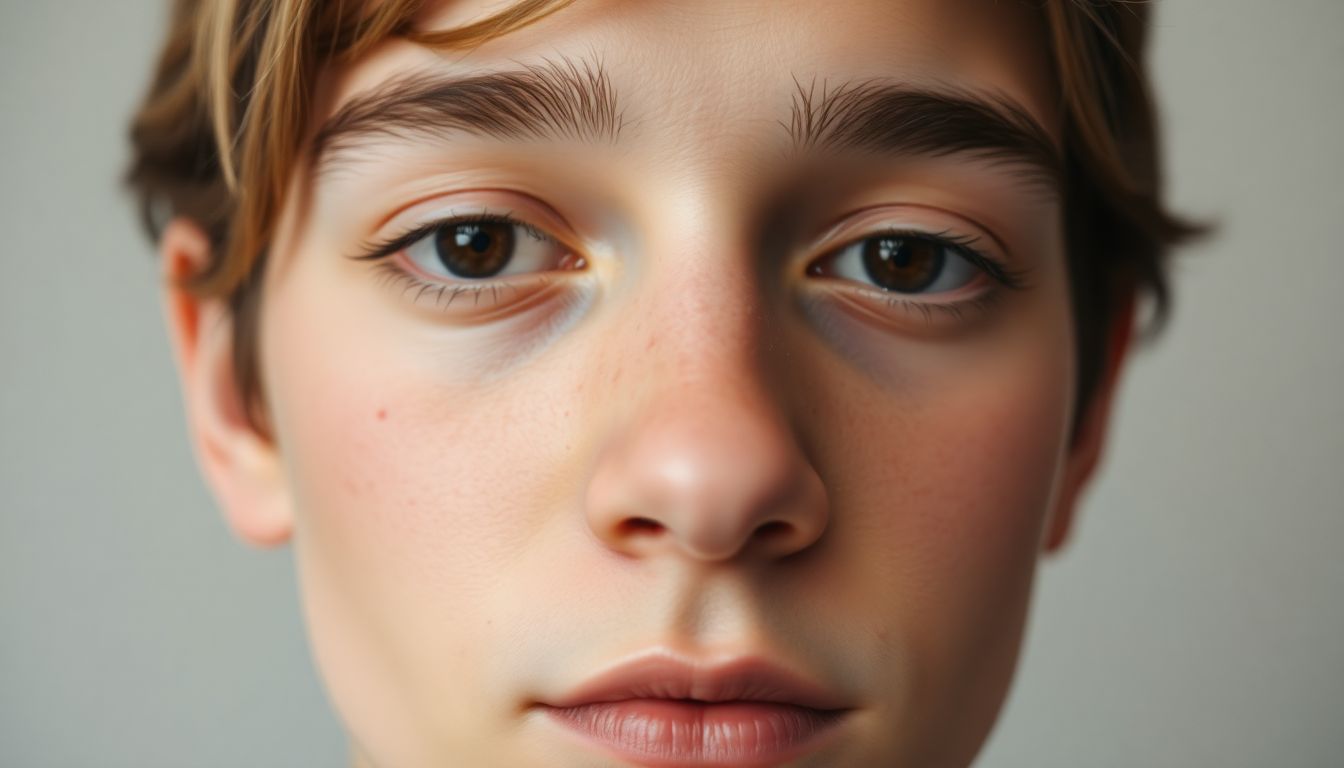
Hormonal acne affects many people at different stages of life. Studies show that up to 50% of women in their 20s and 30s experience this issue. Hormonal acne is often characterized by deep, cystic breakouts, particularly along the lower face and jawline.
This article will explore the various causes of hormonal acne and provide practical solutions to manage and treat it.
The Science Behind Hormonal Acne
Androgens and Sebum Production
Androgens, a type of hormone, play a significant role in acne development. They stimulate sebaceous glands to produce sebum, an oily substance. An excess of sebum can lead to clogged pores, which is a primary factor in acne formation. According to research, increased sebum production is closely linked to hormonal fluctuations, particularly in women.
Inflammation and Cutibacterium acnes Bacteria
Inflammation also contributes to hormonal acne. When sebum accumulates, it can create a breeding ground for Cutibacterium acnes bacteria. This bacteria can lead to inflamed and infected follicles, resulting in red, painful lesions.
Hormonal Fluctuations and Acne
Hormonal changes during the menstrual cycle, pregnancy, and menopause can trigger breakouts. For example, many women experience acne flare-ups a week before their period due to cyclical hormonal shifts. Pregnancy, with its surge of hormones, can also lead to sudden acne outbreaks. Menopause brings about its own set of changes, affecting skin health and acne risks.
Identifying Hormonal Acne
Differentiating Hormonal Acne from Other Types
It’s essential to distinguish hormonal acne from other types like comedonal or inflammatory acne. Hormonal acne typically appears in specific areas and has unique characteristics, often being deeper and more cystic than other types.
Common Locations of Hormonal Acne
Hormonal acne usually manifests on the chin, jawline, and lower cheeks. These areas are most affected by hormonal imbalances.
Assessing Severity
Assessing the severity of hormonal acne can be straightforward. A simple guide might include:
- Mild: Occasional small bumps
- Moderate: Frequent breakouts with redness
- Severe: Cystic lesions that persist
Lifestyle Changes to Manage Hormonal Acne
Diet and Nutrition
Diet plays an essential role in managing hormonal acne. Foods high in sugar and refined carbs can worsen acne. Instead, focus on a diet rich in:
- Low-glycemic index foods (whole grains, legumes)
- Fresh fruits and vegetables
- Healthy fats (avocados, nuts)
Stress Management
Stress can disrupt hormonal balance, triggering breakouts. Techniques like yoga, meditation, or regular exercise can reduce stress levels effectively.
Sleep Hygiene
Adequate sleep is crucial for hormone regulation. Aim for 7-9 hours of quality sleep each night to support skin health and hormonal balance.
Medical Treatments for Hormonal Acne
Over-the-Counter Treatments
Some effective over-the-counter treatments include benzoyl peroxide and salicylic acid. These ingredients help reduce acne lesions and control oil production.
Prescription Medications
For more severe cases, prescription options may be necessary:
- Oral contraceptives: Help regulate hormones.
- Spironolactone: Reduces androgens and lessens acne.
- Isotretinoin: Used for severe cases, it shrinks sebaceous glands.
Consulting a healthcare provider for personalized recommendations is important.
Professional Skin Treatments
Professional treatments like chemical peels, microdermabrasion, and laser therapy can also provide significant improvement. Costs vary, but many treatments range from $100 to $300 per session.
Preventative Measures
Maintaining a Consistent Skincare Routine
A simple skincare routine can make a big difference. Consider these steps:
- Cleanse daily with a gentle cleanser.
- Exfoliate regularly to remove dead skin cells.
- Moisturize to maintain skin hydration.
- Use non-comedogenic products to avoid clogging pores.
Regular Dermatologist Visits
Regular check-ups with a dermatologist can provide valuable insights and early intervention. A skincare expert can offer tailored advice to tackle the root causes effectively.
Avoiding Acne Triggers
Identifying and avoiding common acne triggers is vital. These might include:
- Hormonal fluctuations
- Certain skincare products
- High-stress situations
Conclusion
Understanding the causes of hormonal acne is the first step toward effective management. By making lifestyle changes, considering medical treatments, and implementing preventative measures, individuals can find relief.
A holistic approach is essential for managing hormonal acne successfully. It's time to take action; schedule an appointment with a dermatologist to explore personalized treatment options.
